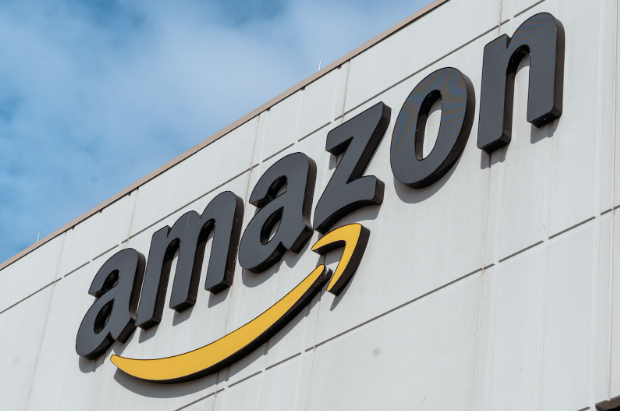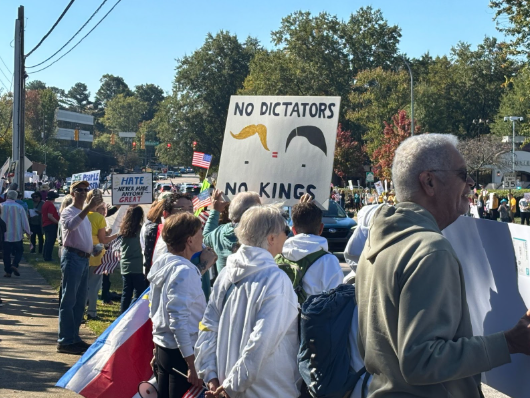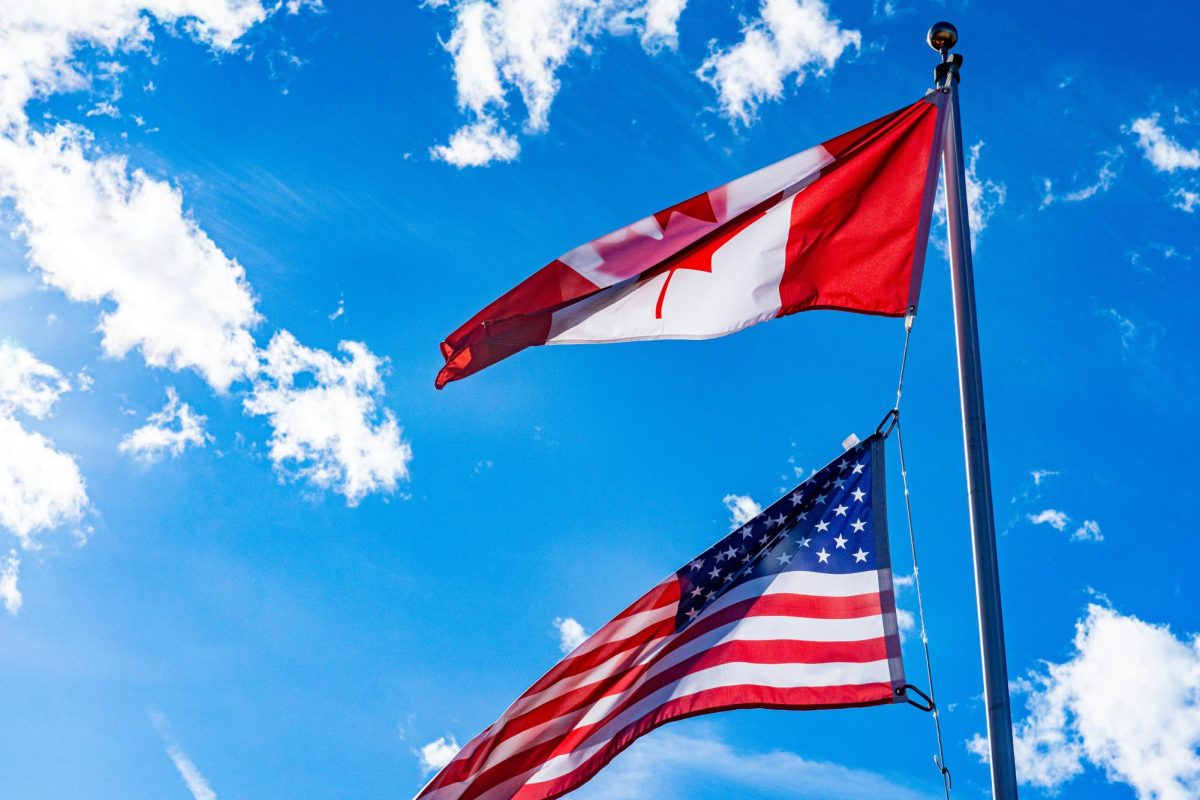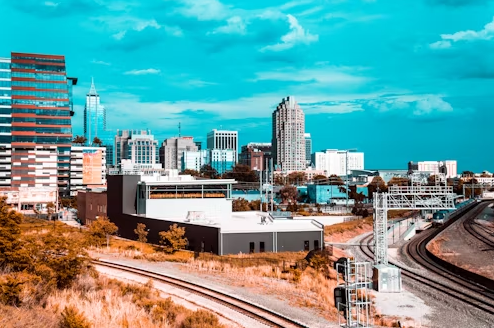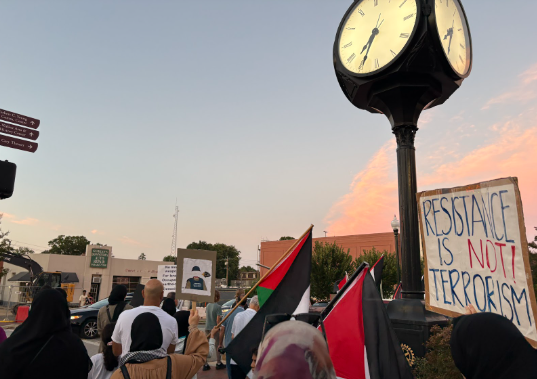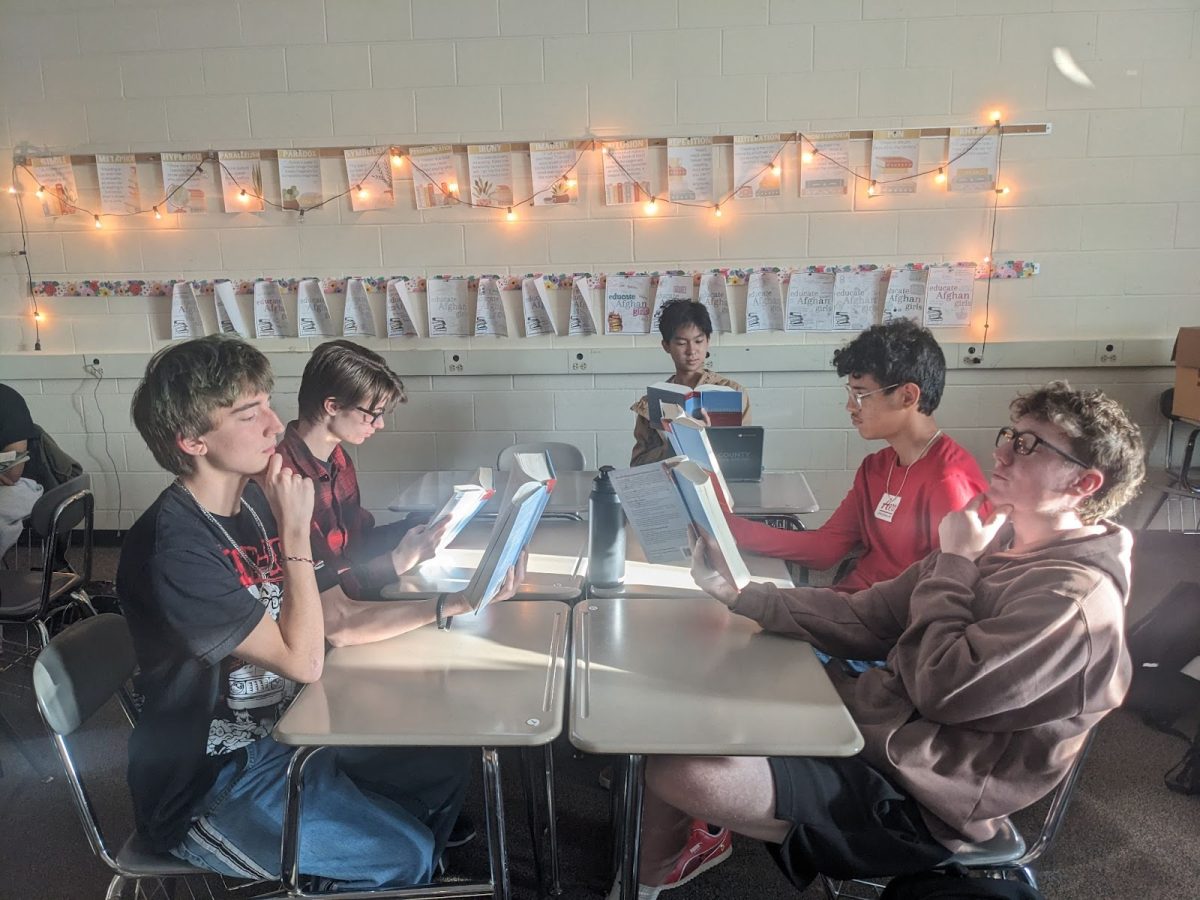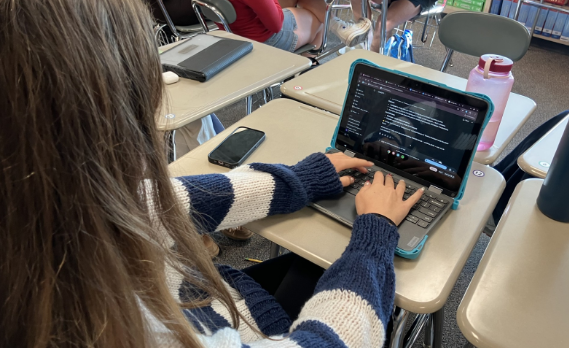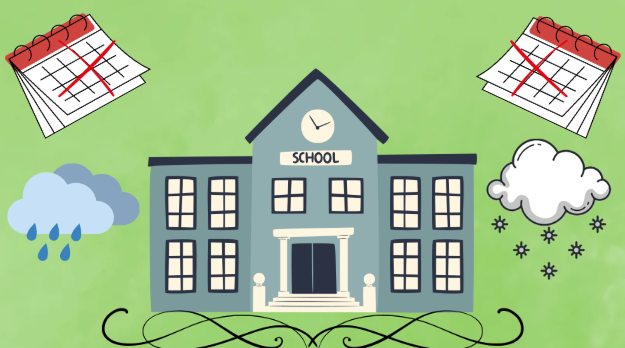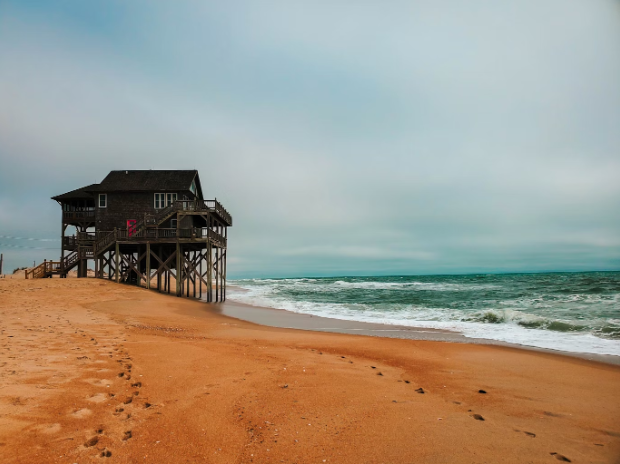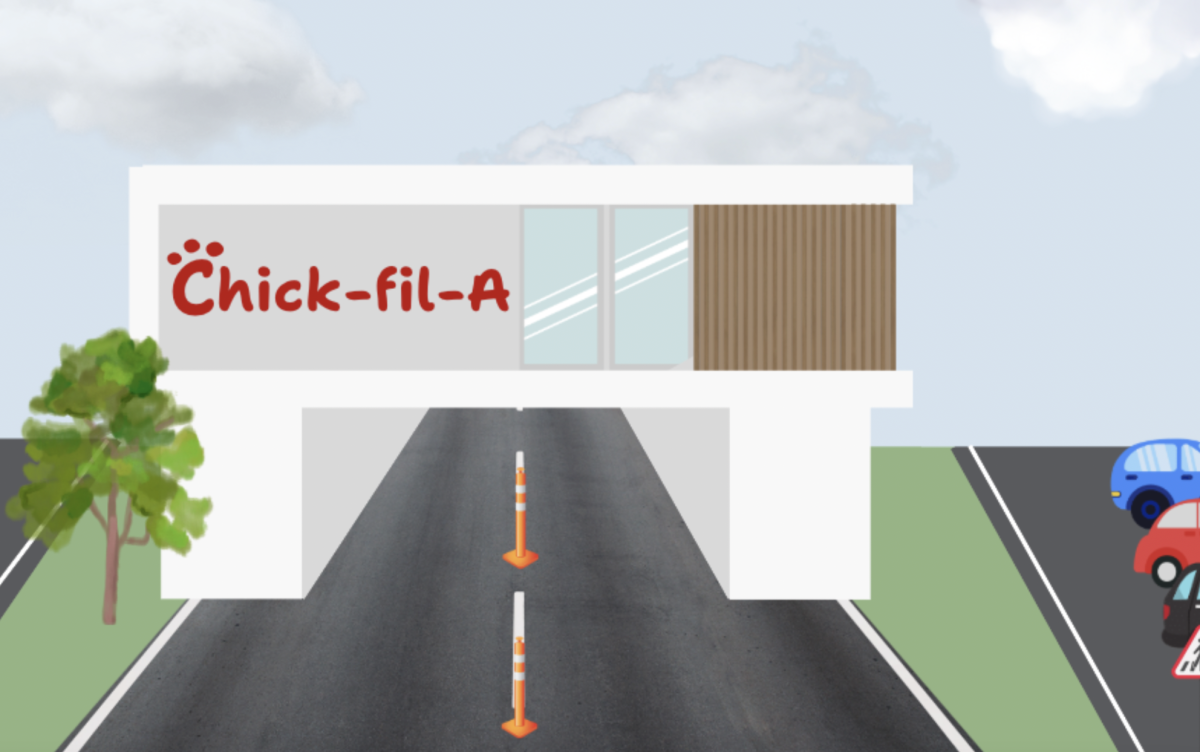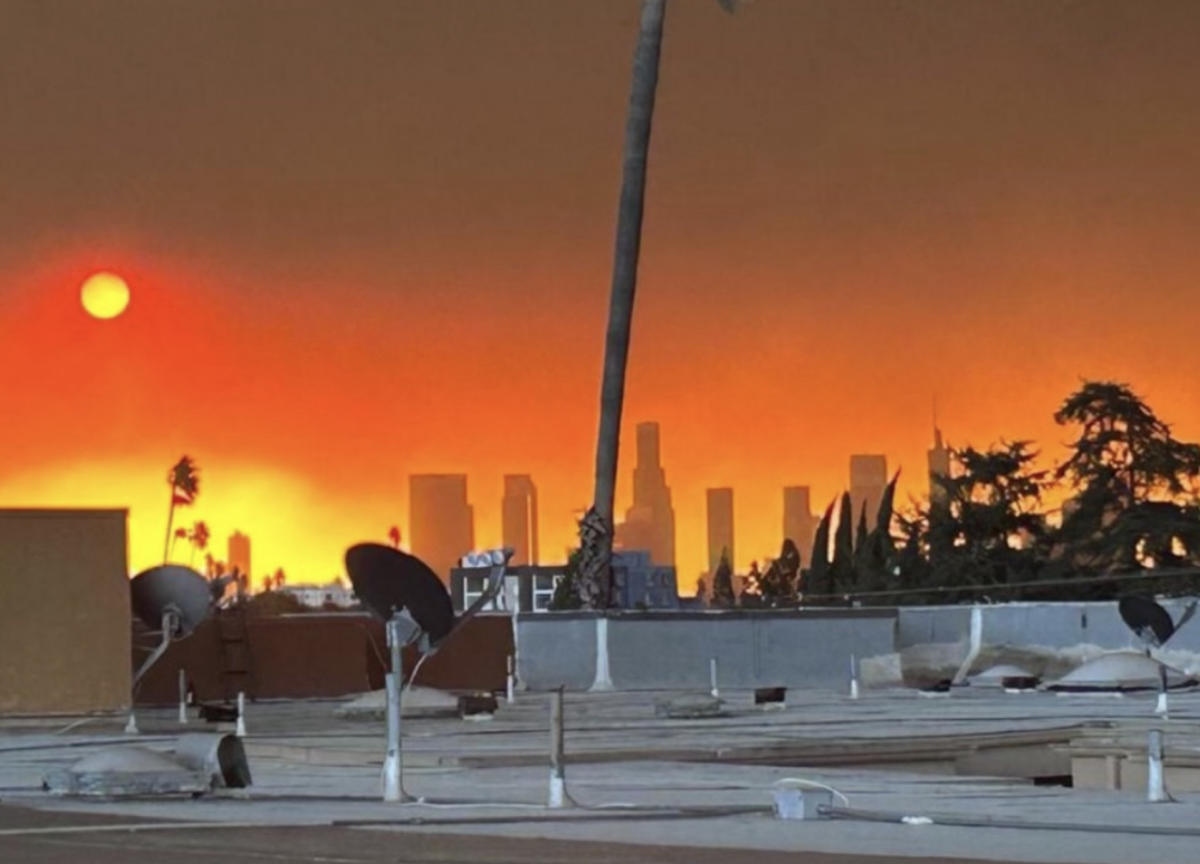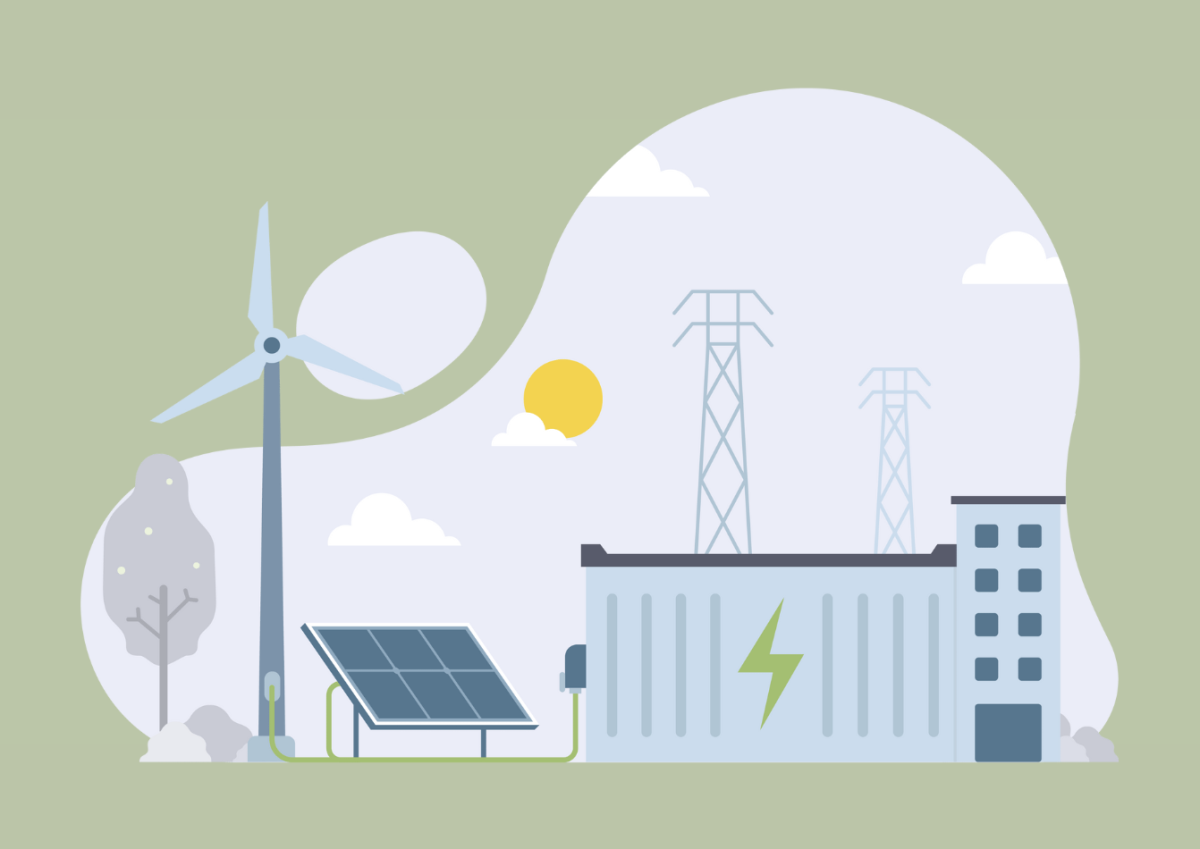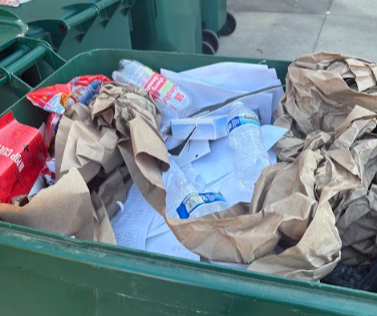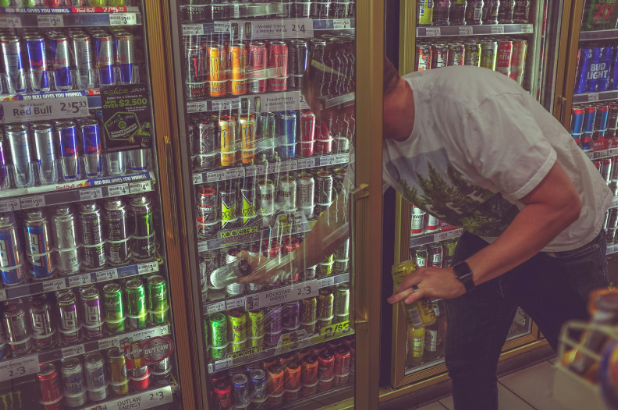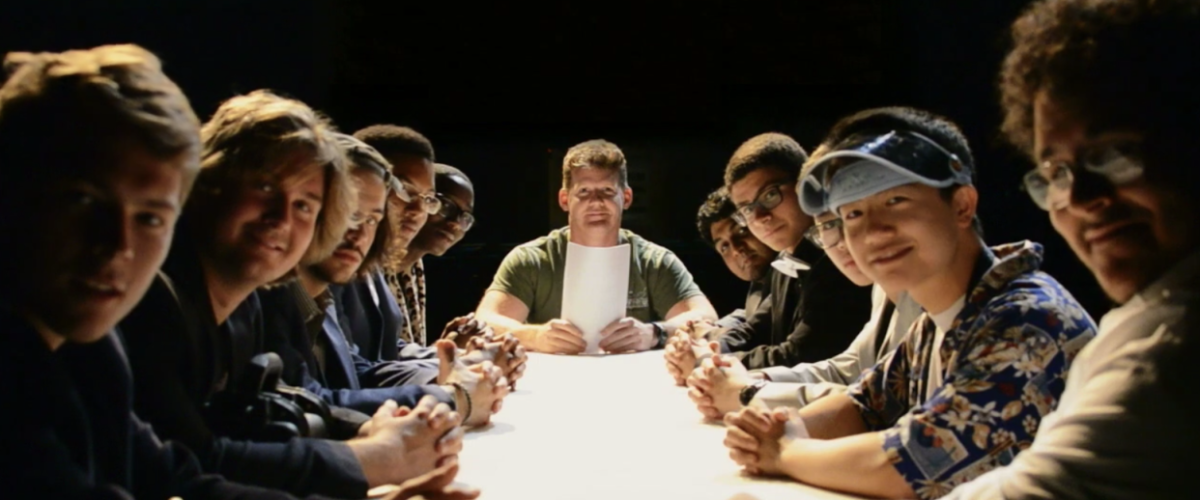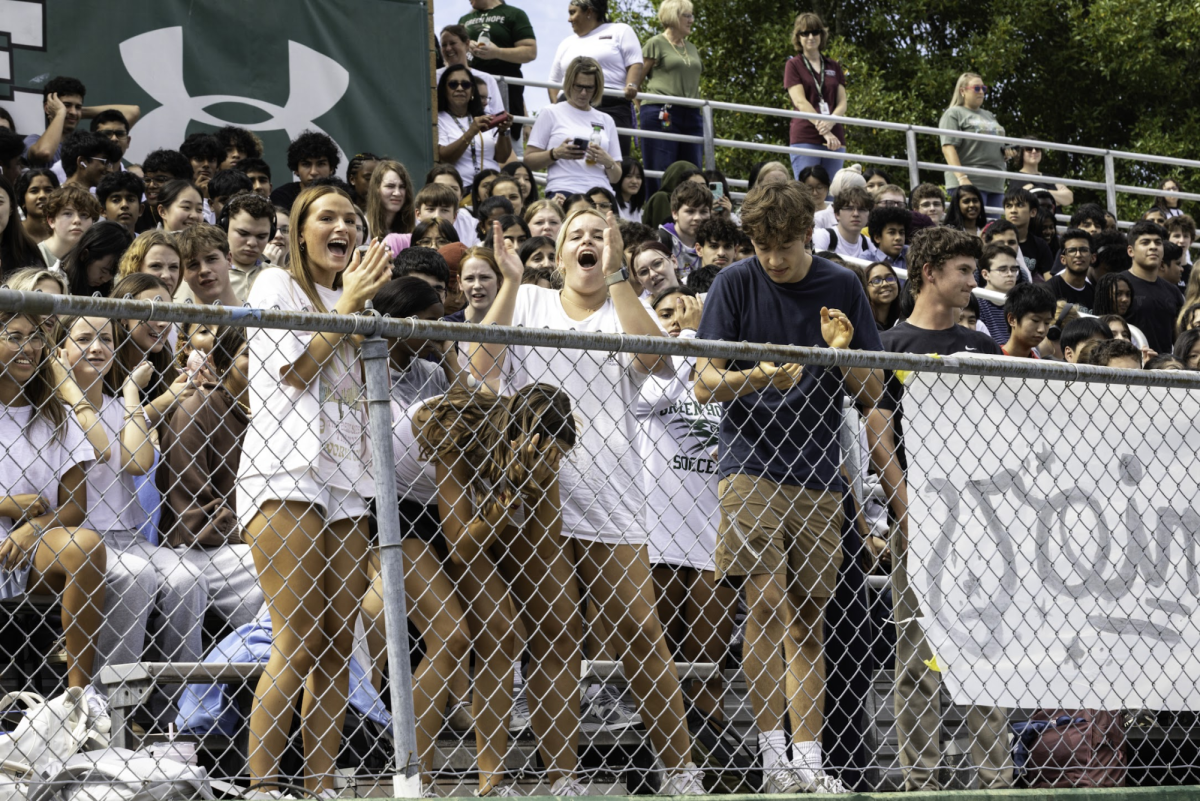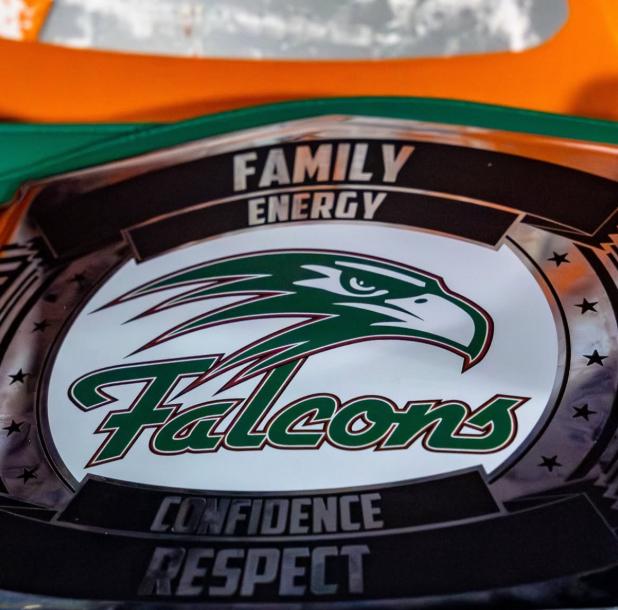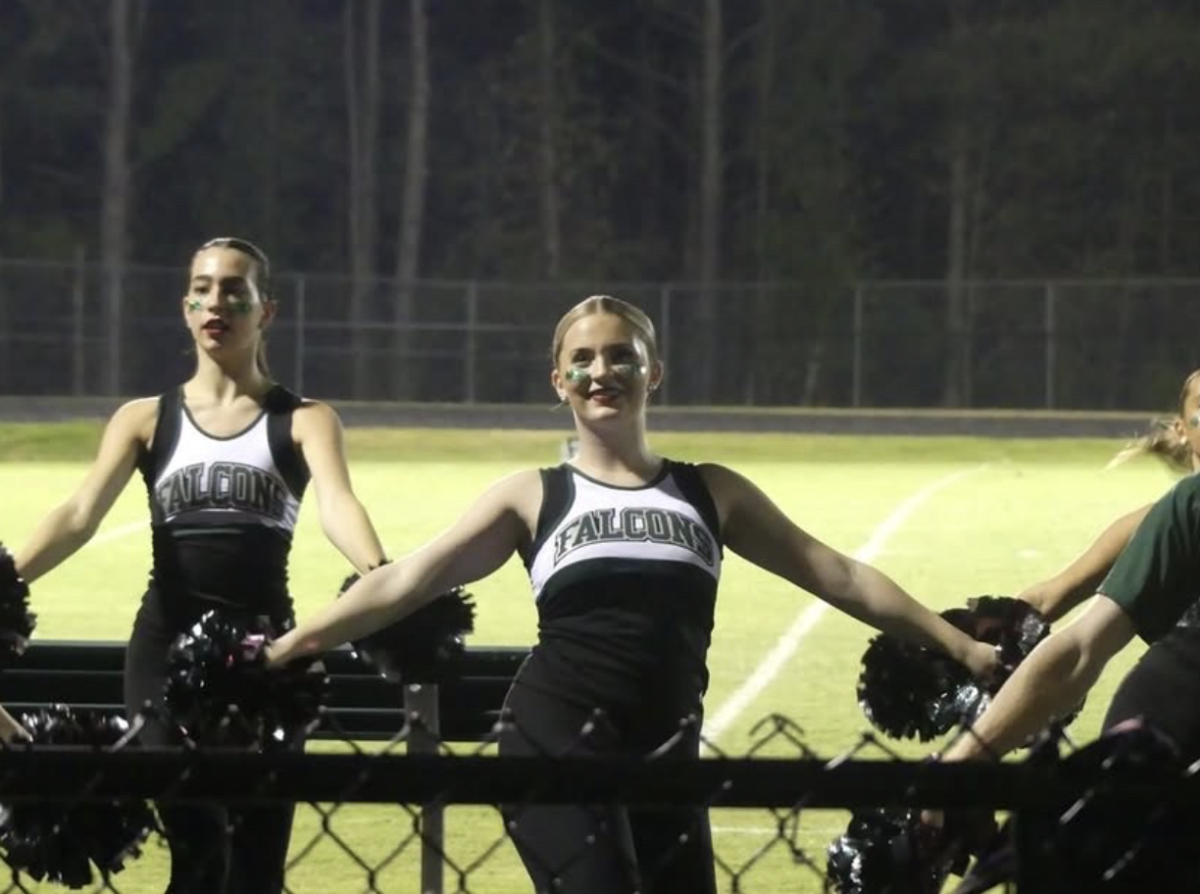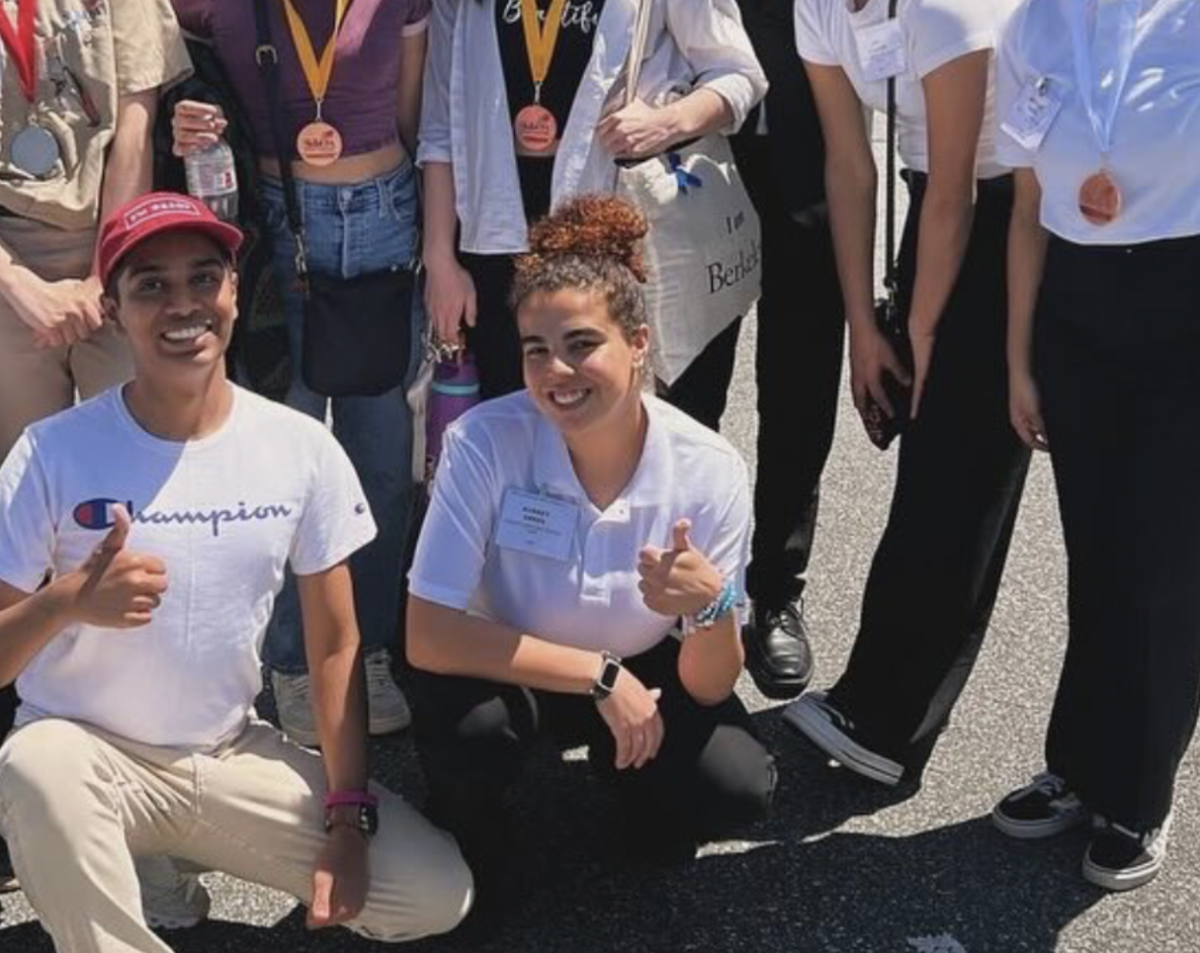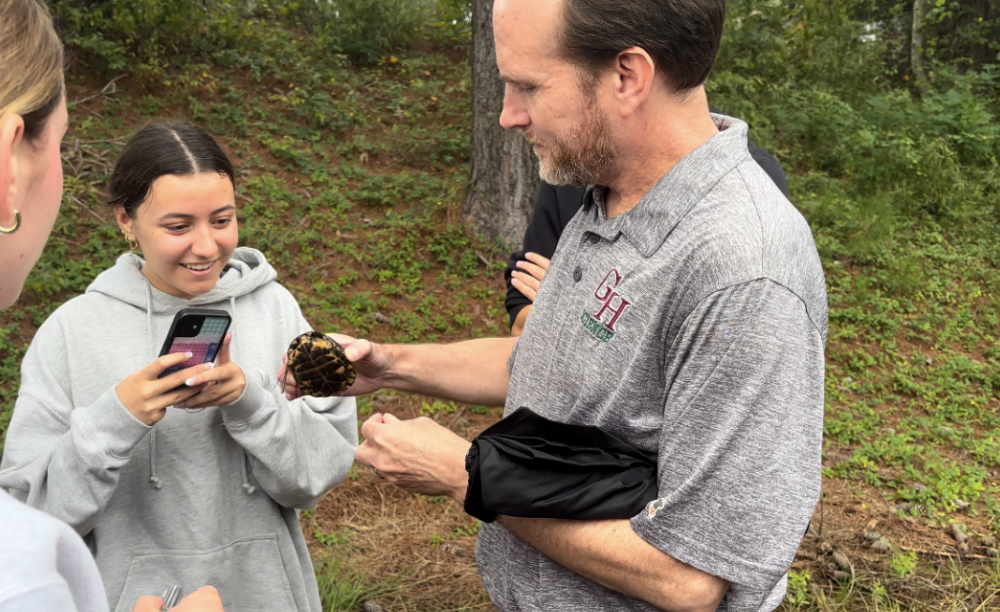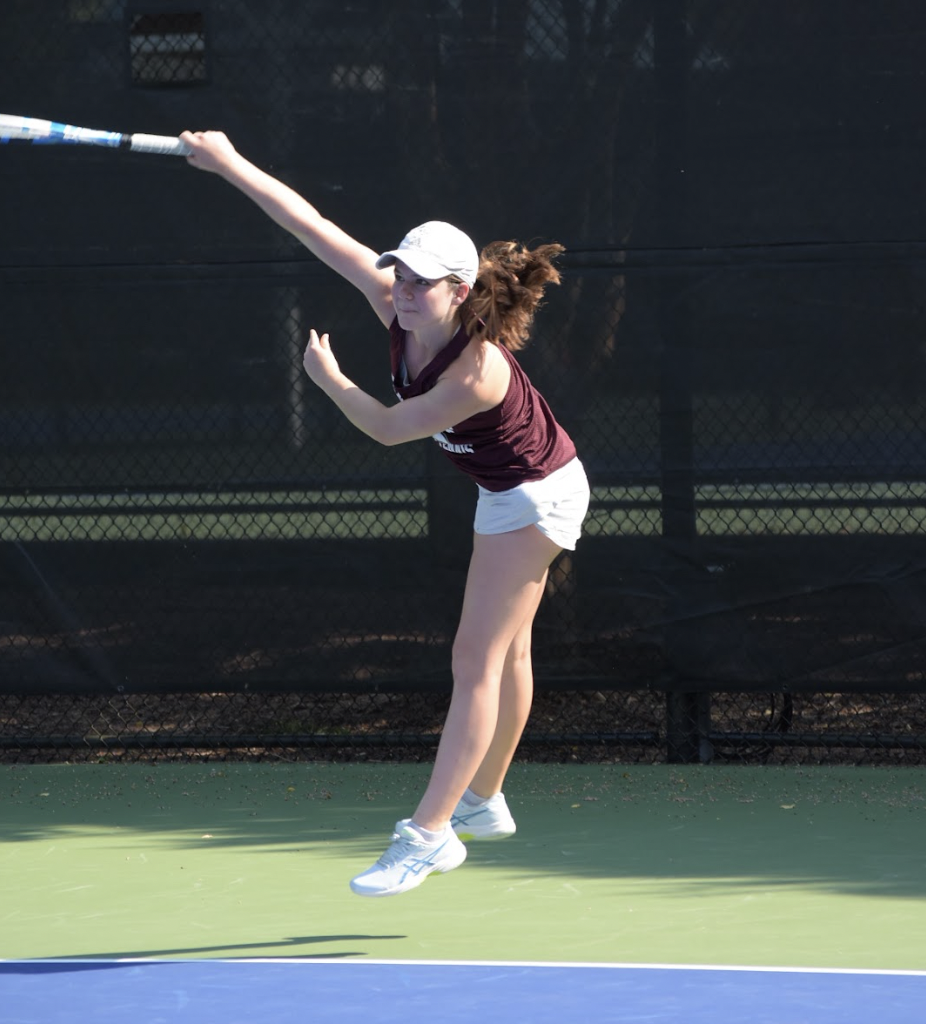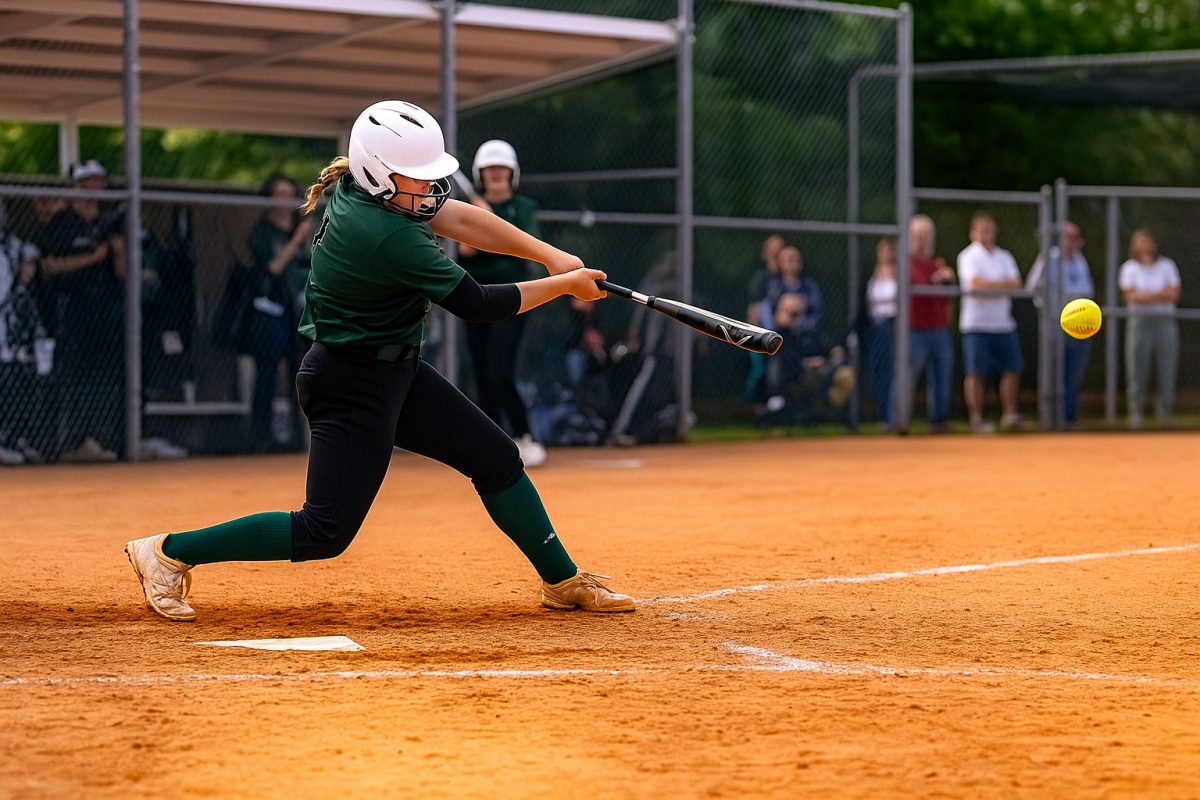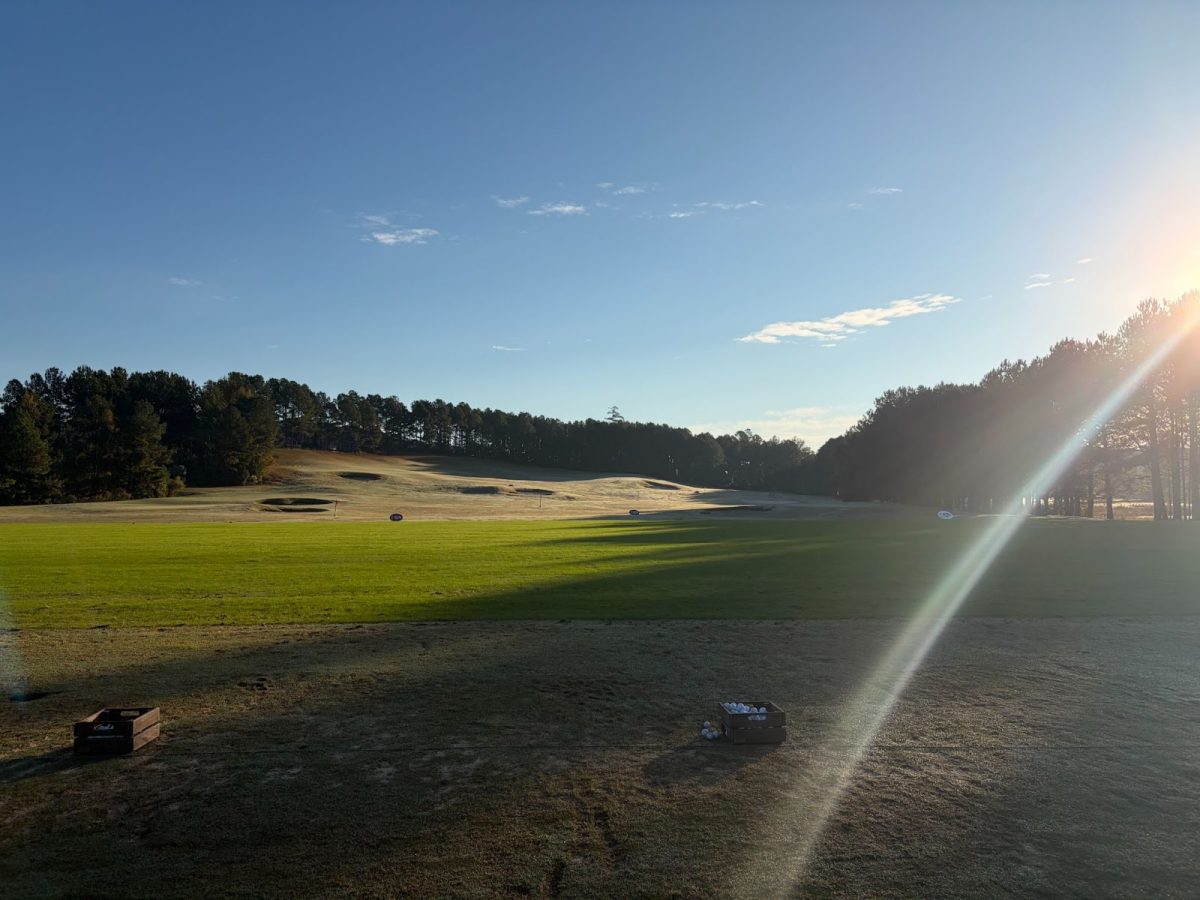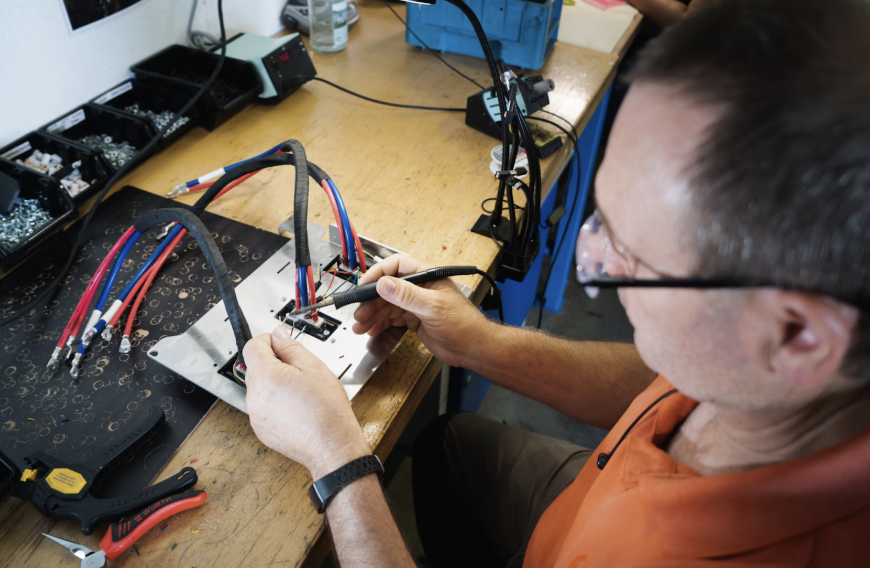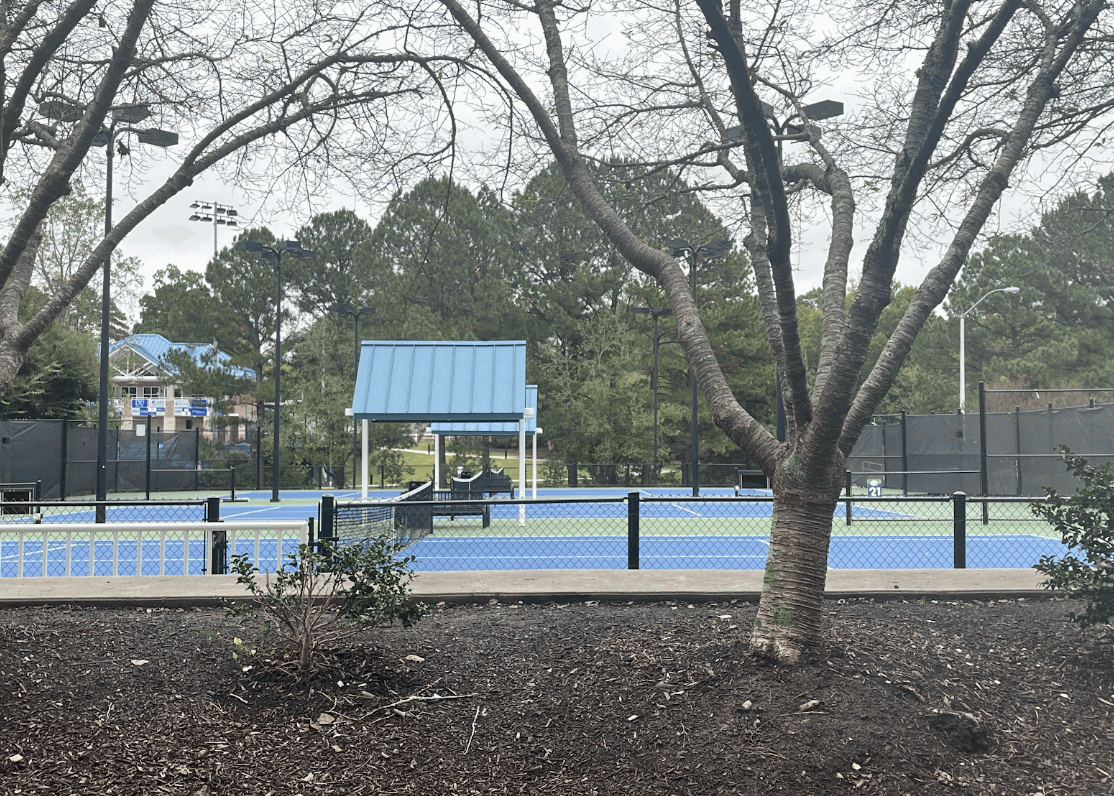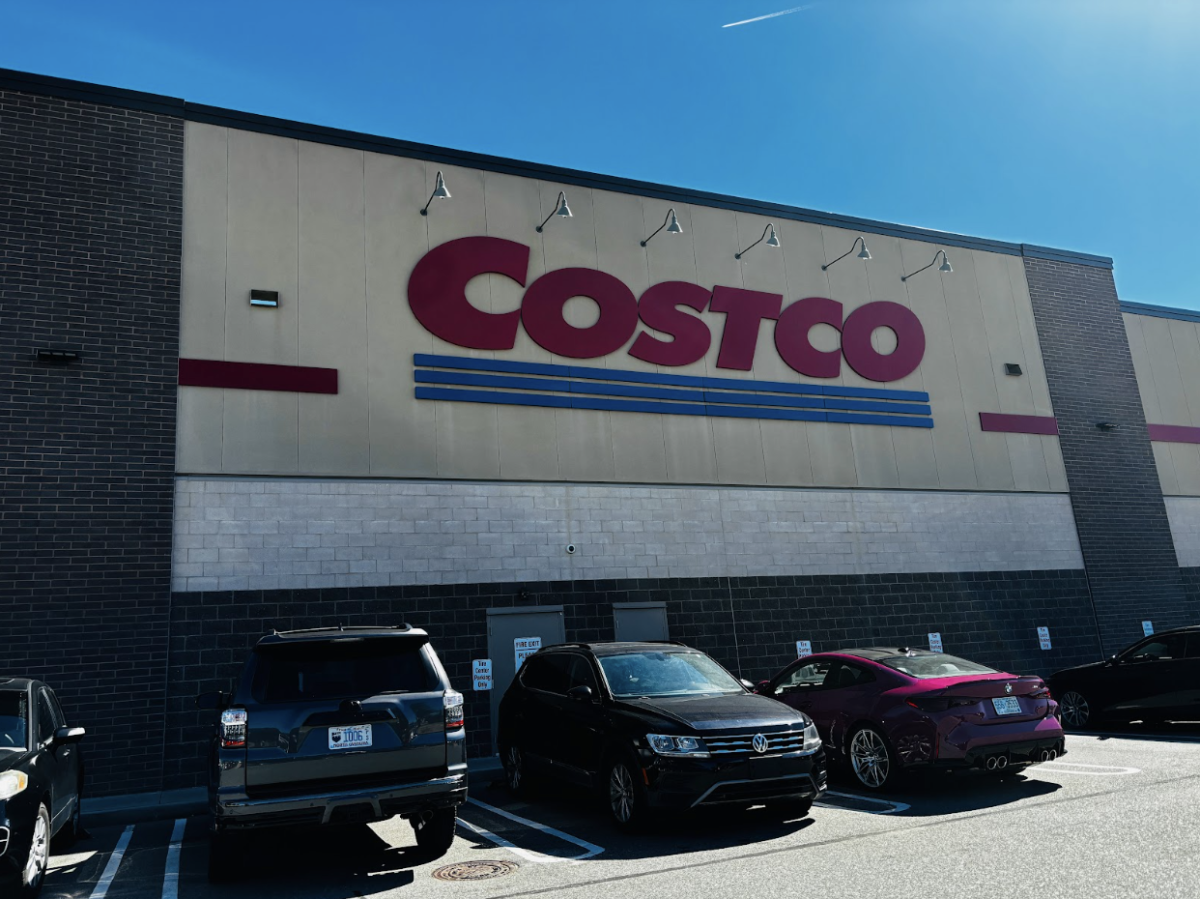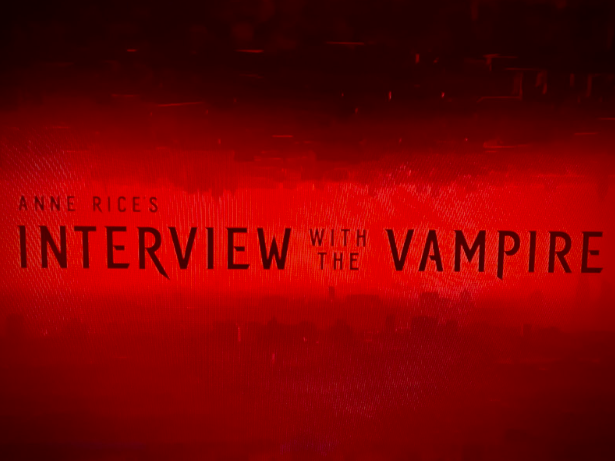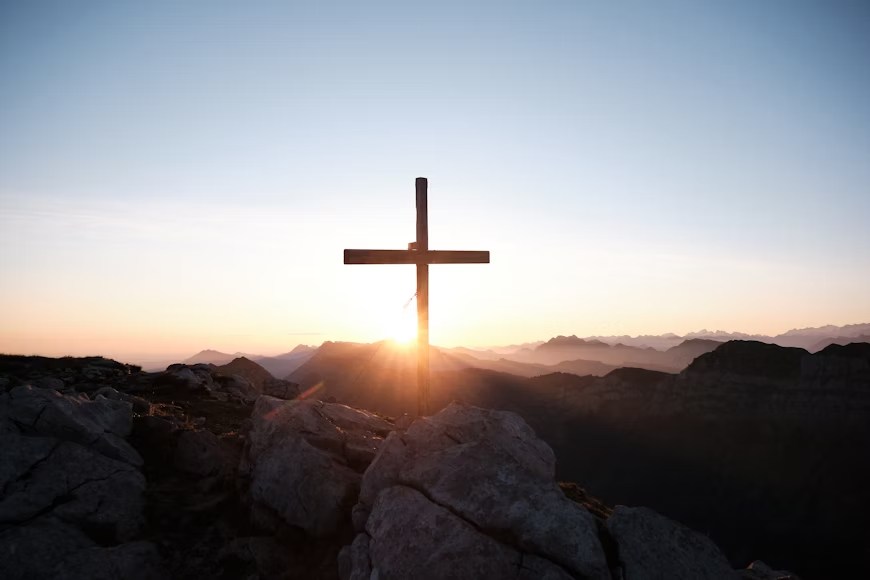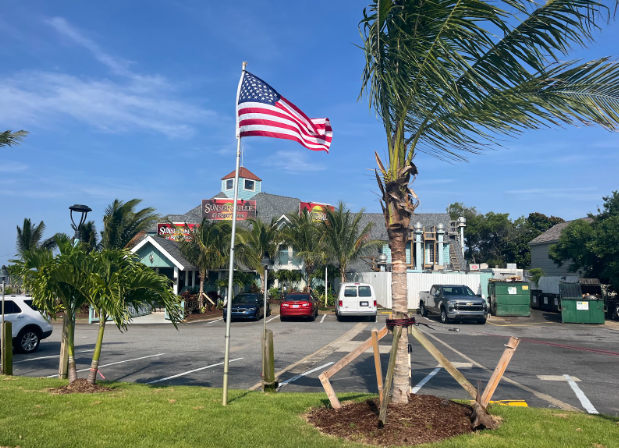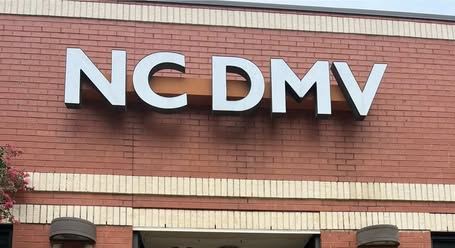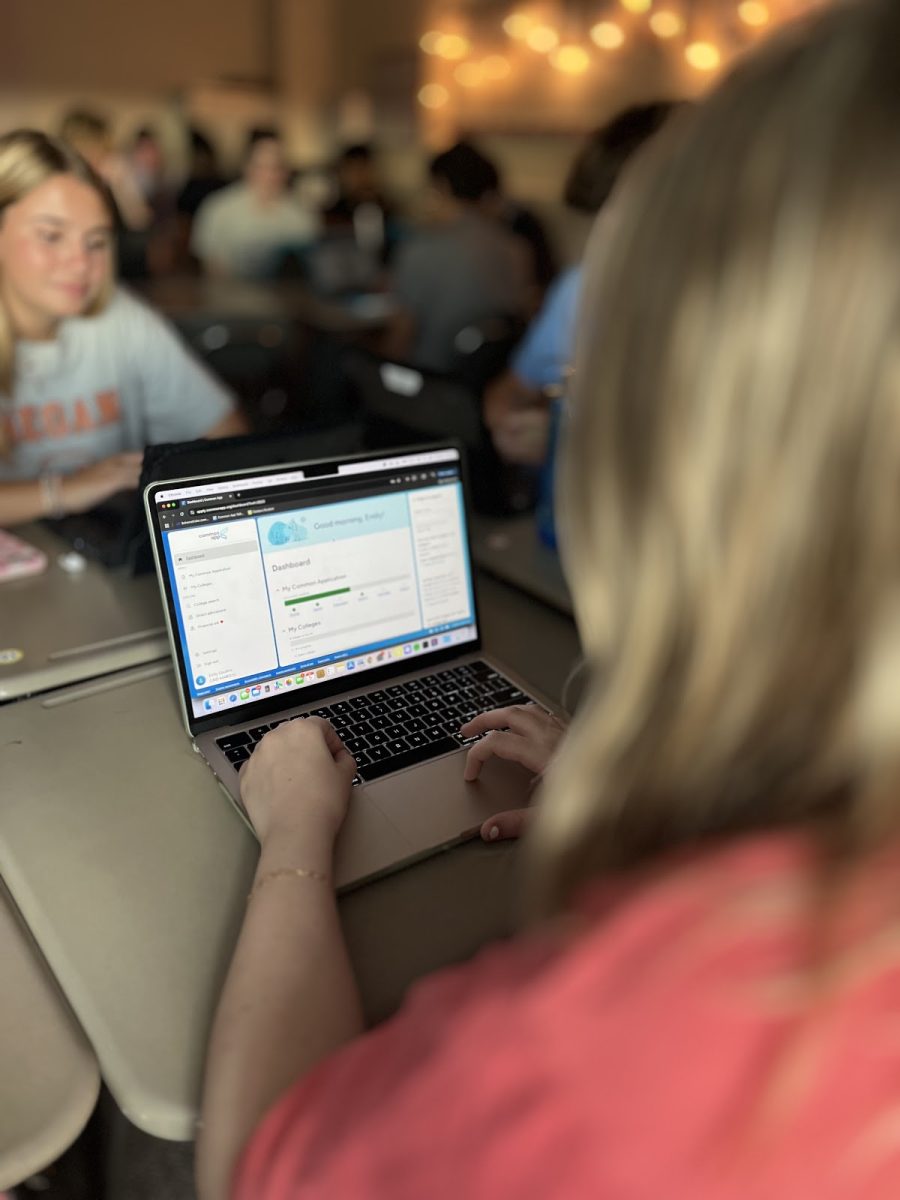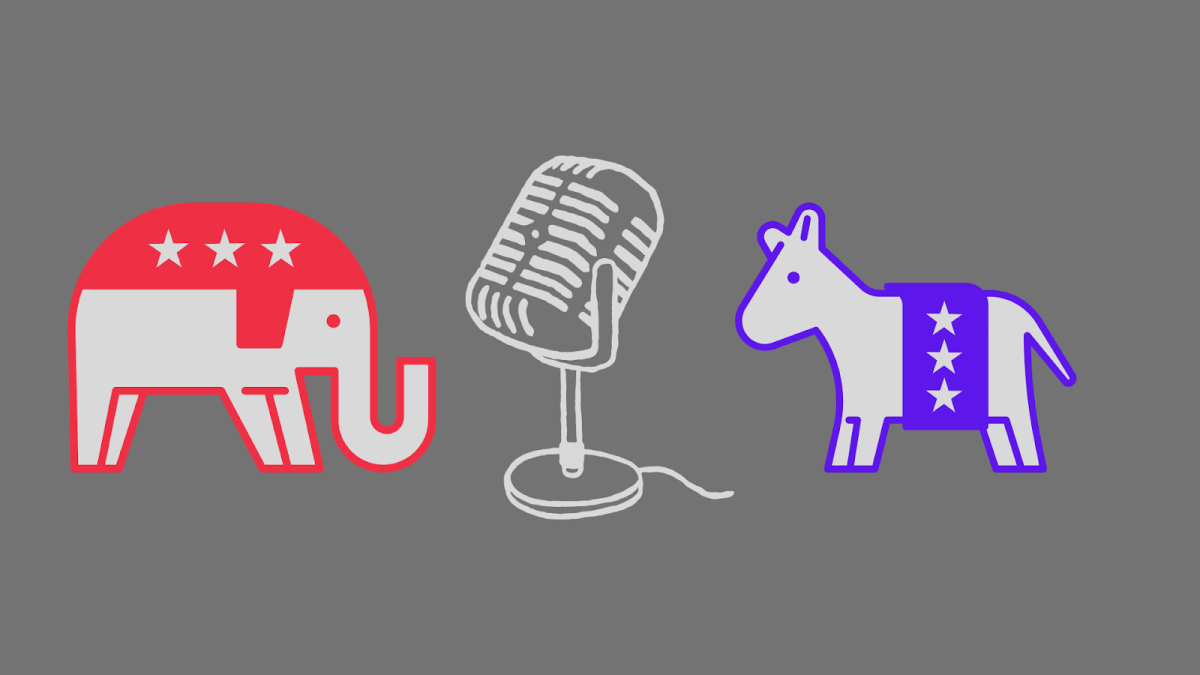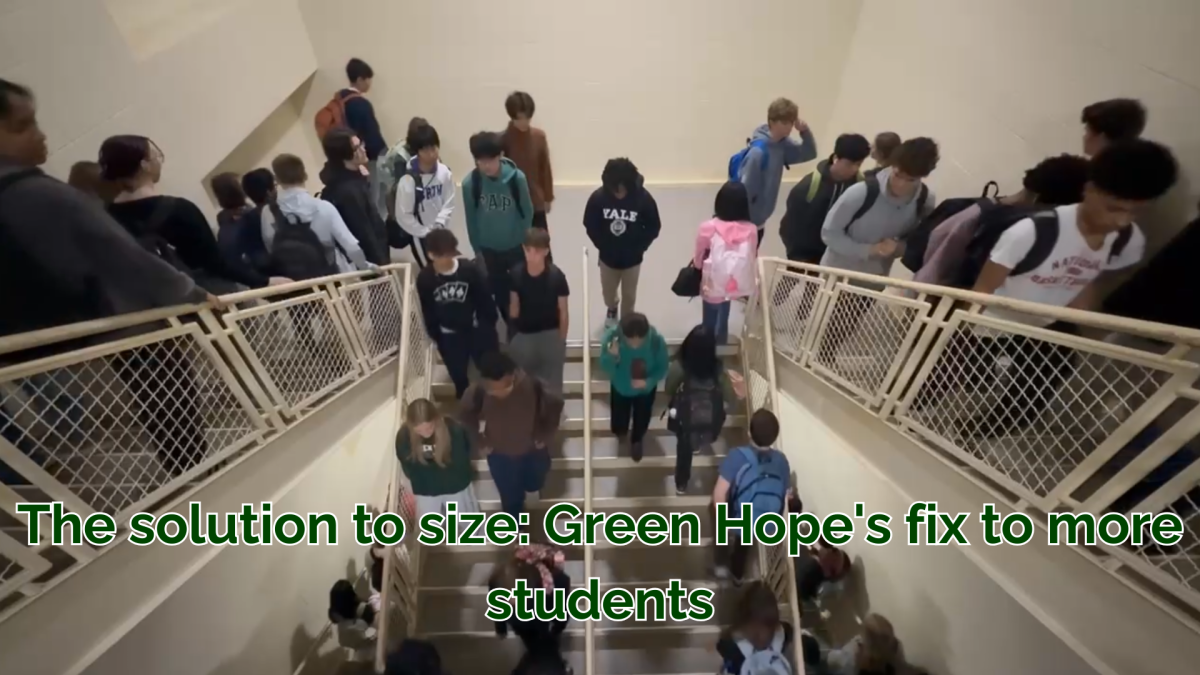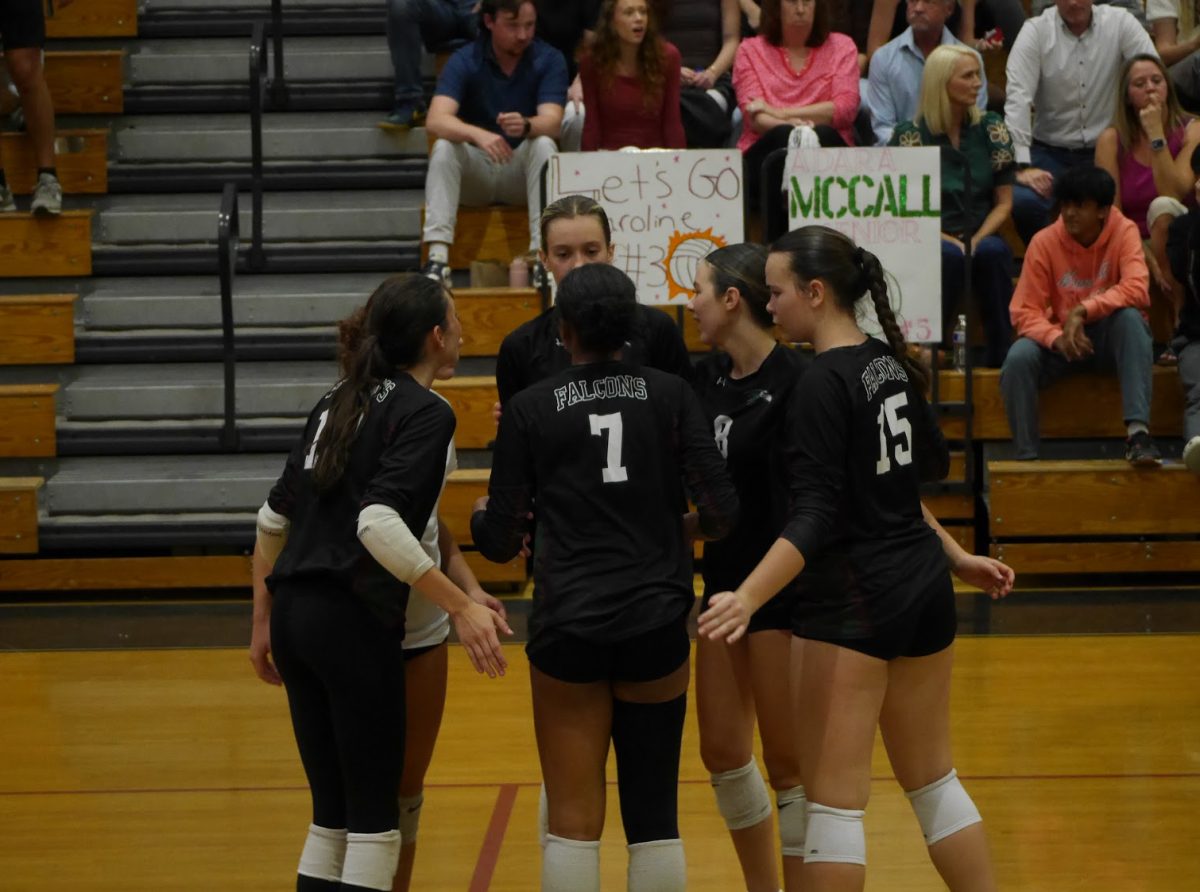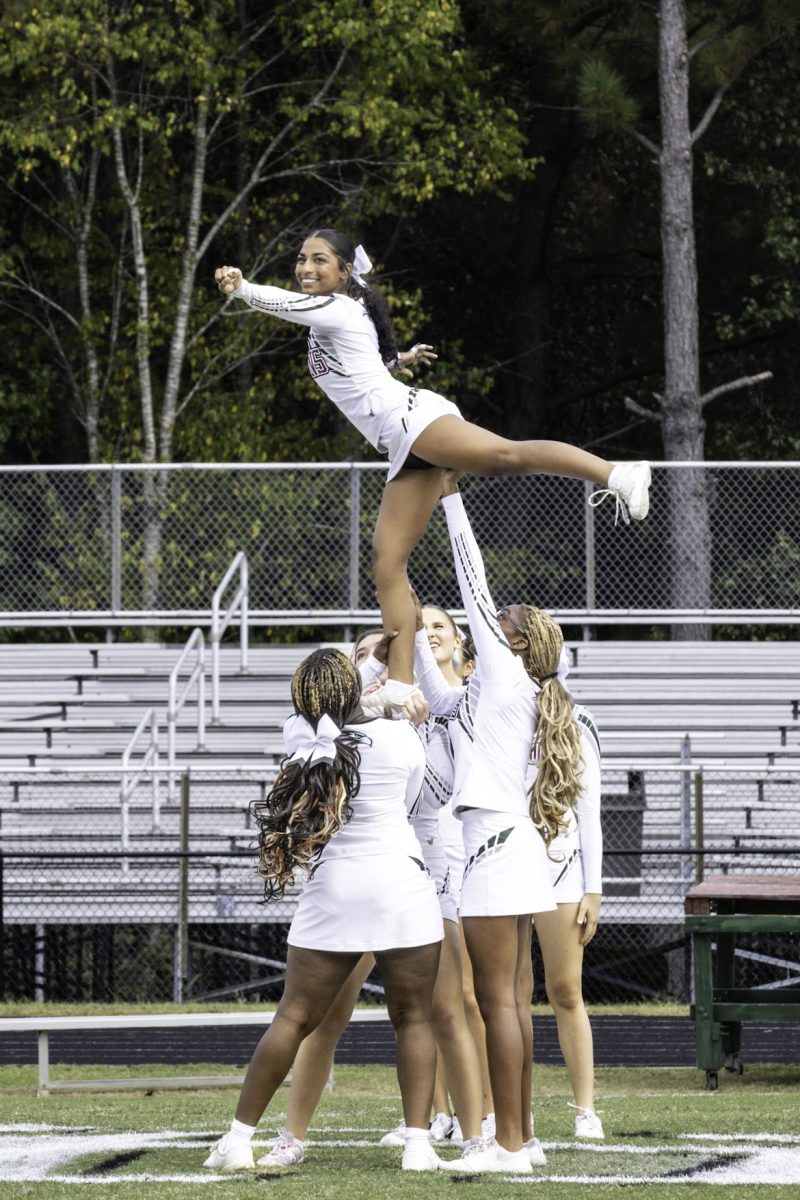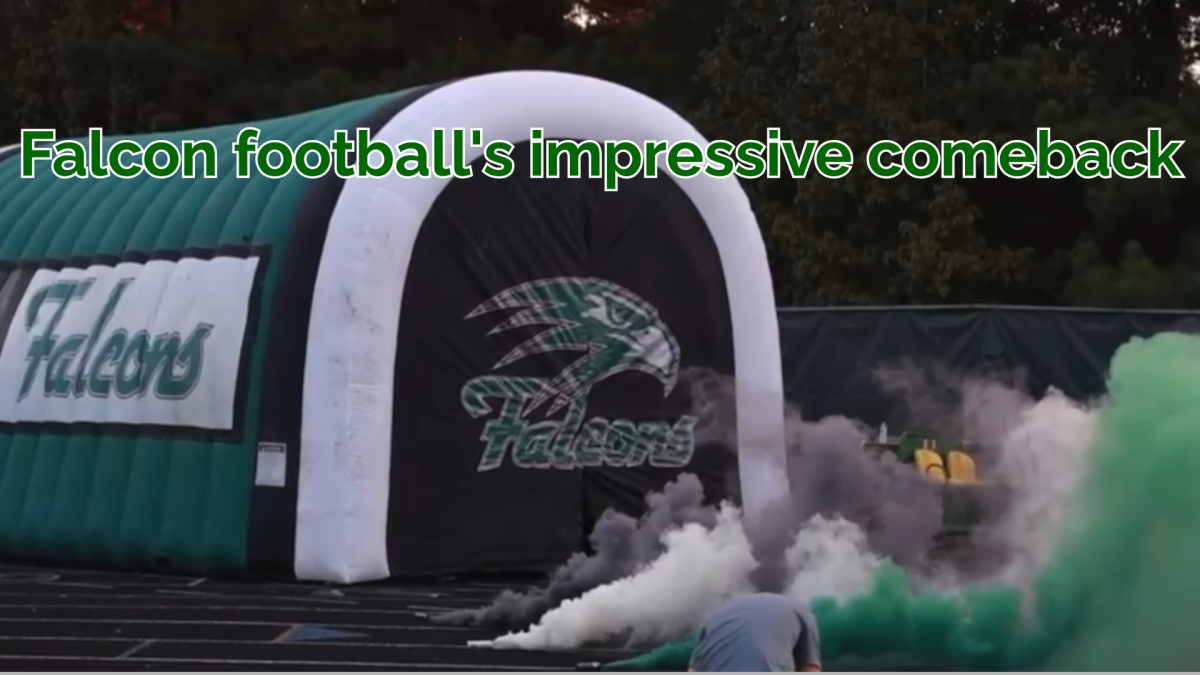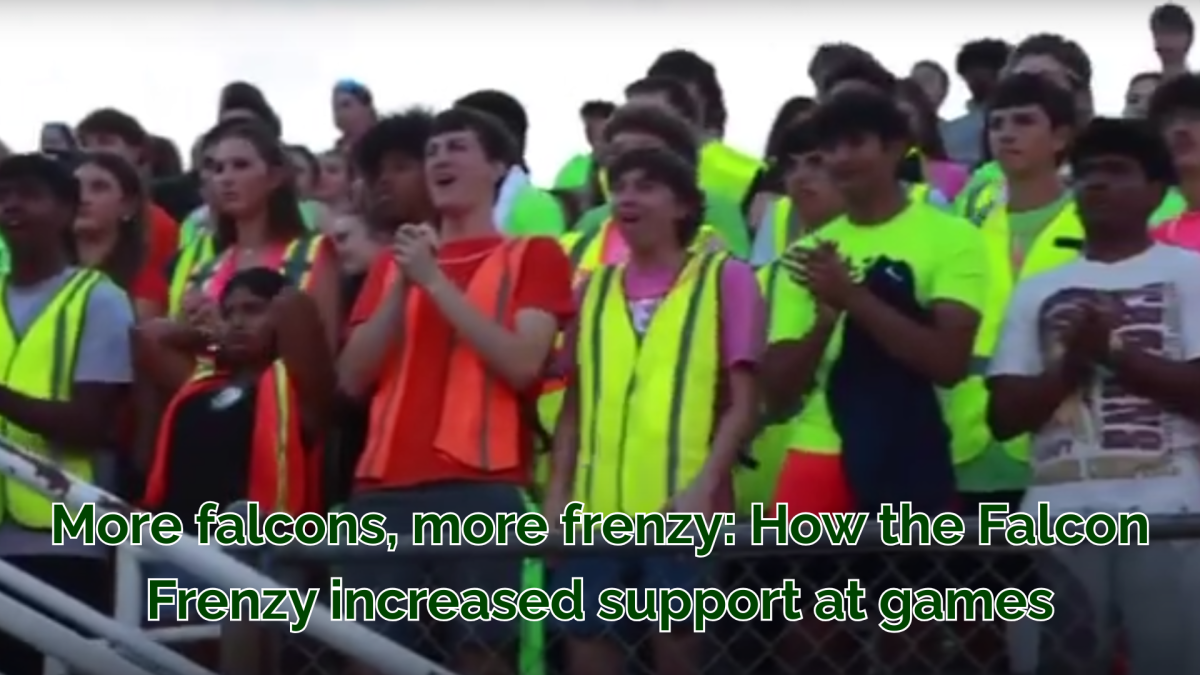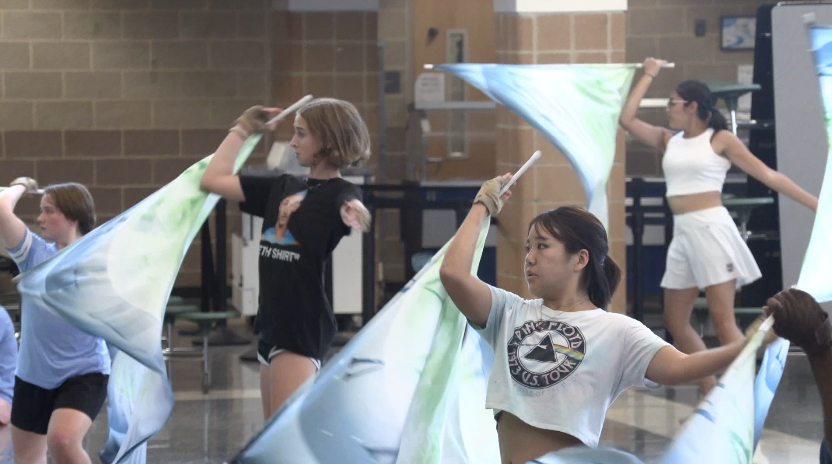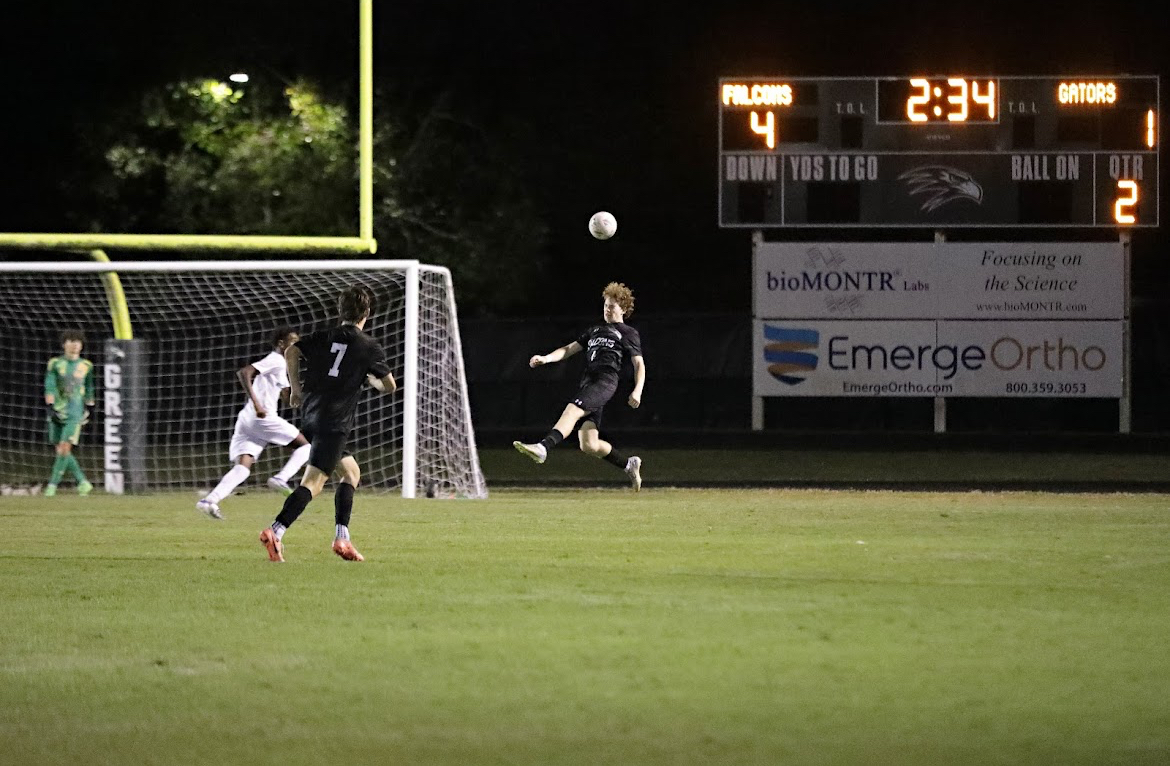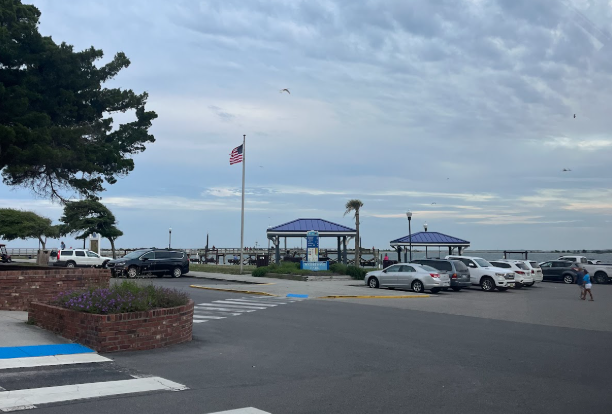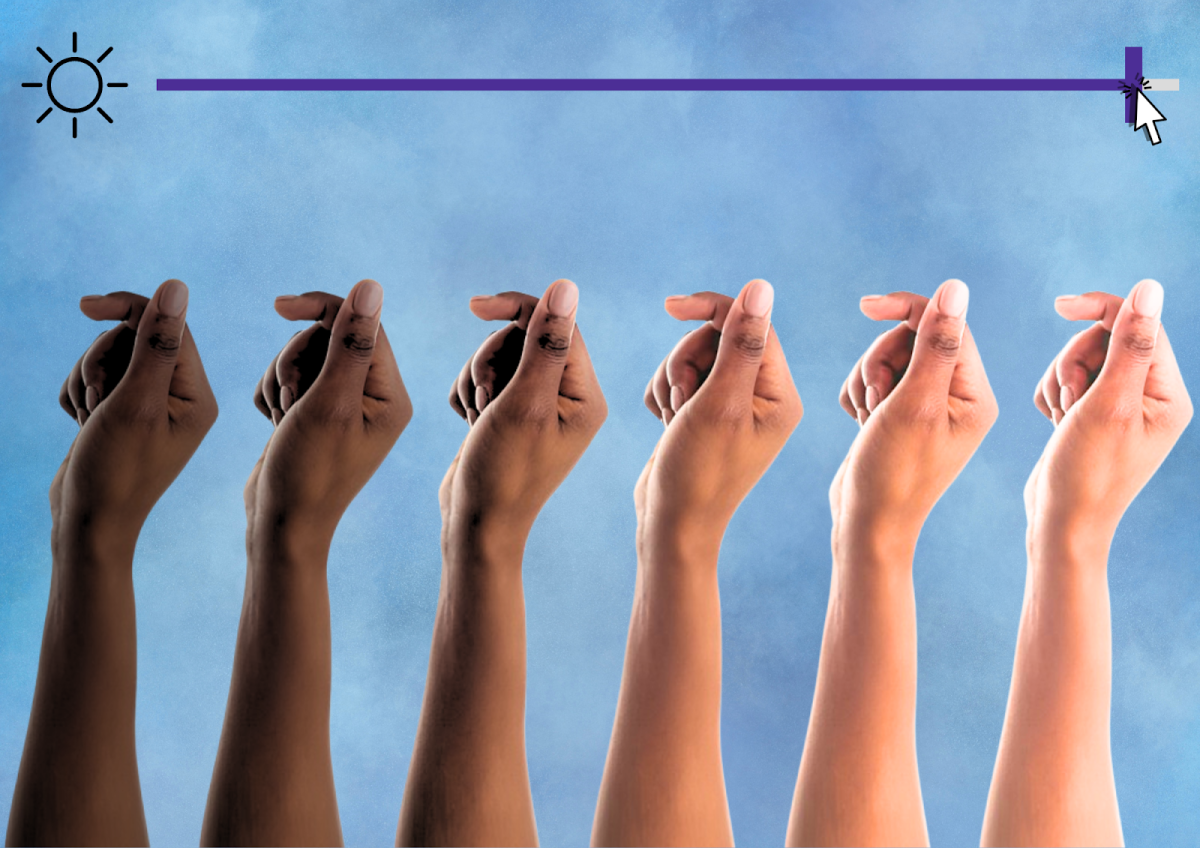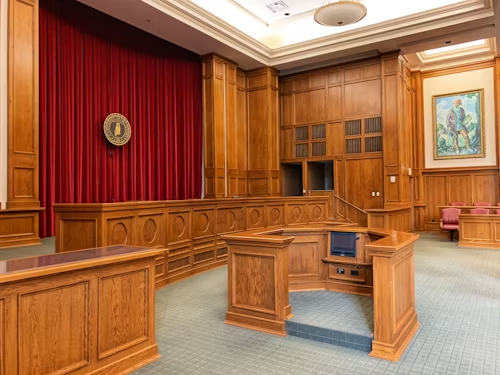Amazon Web Services (AWS) experienced one of the largest outages in recent years on Oct. 20, 2025, affecting millions of users worldwide and a majority of online services. According to the most recent updates from Amazon, the issue originated in AWS’s Northern Virginia data center. It acted as a vital server system for the entirety of US-EAST-1 which supplies server space for the east of the US. The error was triggered by a failure in the Domain Name System (DNS) used by Amazon’s DynamoDB service. DNS is a system which translates domain names (.com, .org, etc.) into binary readable by the AWS servers.
This failure prevented many major services from connecting to their servers, leading to widespread disruptions and error pages. Millions of the hosted services users reported outages through Ookla, a website used to check and report outages. The most reported services included AWS and Amazon retail (~3.2M reports), Snapchat (~3M reports), Roblox (~716K reports), Ring (~357K reports) and Instructure’s Canvas (~265k reports). The outage began in the early morning hours and was not fully resolved until late that night after multiple recovery attempts.
The outage quickly spread across the digital ecosystem, as popular social media platforms like Snapchat, Instagram, Facebook and TikTok were all directly affected. Users were quick to report being unable to upload photos, view stories or refresh their feeds. On TikTok, posts about the “internet crash” trended for hours as influencers and news accounts documented the widespread failures. While experiencing the outage, many looked for an answer and found that it was all linked to one outage at AWS, leading to critical posts commenting on the heavy reliance of Amazon services, and if this could have been prevented with a more diverse market for servers.
In the education world, the AWS crash caused severe complications for students and teachers worldwide. Critical school platforms like Canvas and Google Classroom encountered errors while loading assignments, updating grades or uploading homework submissions. Canvas issued an apology on social media due to the influx of frustrated students and teachers, where they mentioned that they would be closely monitoring the AWS recovery process. Some school administrators were forced to extend deadlines and pause grading while the outage was happening. This stopped online learning for an entire day and pointed out risks associated with relying so heavily on online services for the school system.
At Green Hope High School, student Shruthi Prakash shared her personal experience dealing with the AWS disruption. When asked about when she first heard about it, she explained, “I first noticed it the day of its crash when I saw a TikTok about it. I then tried to use my Snapchat and couldn’t send my pictures to my friends, and realized it was because of the outage.” Her discovery through social media reflects how most people learned about the event in real time. She added, “I was shopping on Amazon to buy my Halloween costume when the checkout system did not work and I could not place the order.” Her account captures the everyday frustration millions faced due to a single point of failure in the digital infrastructure.
The AWS outage emphasized societies growing dependence on a few cloud service providers that sustain critical personal, educational and commercial functions. The event could be seen as a wake up call, underlining the risks of an over-centralized internet infrastructure. Following the instructions, AWS released a statement assuring users that adjustments would be made to strengthen DNS security and to diversify reliance between its data centers.

